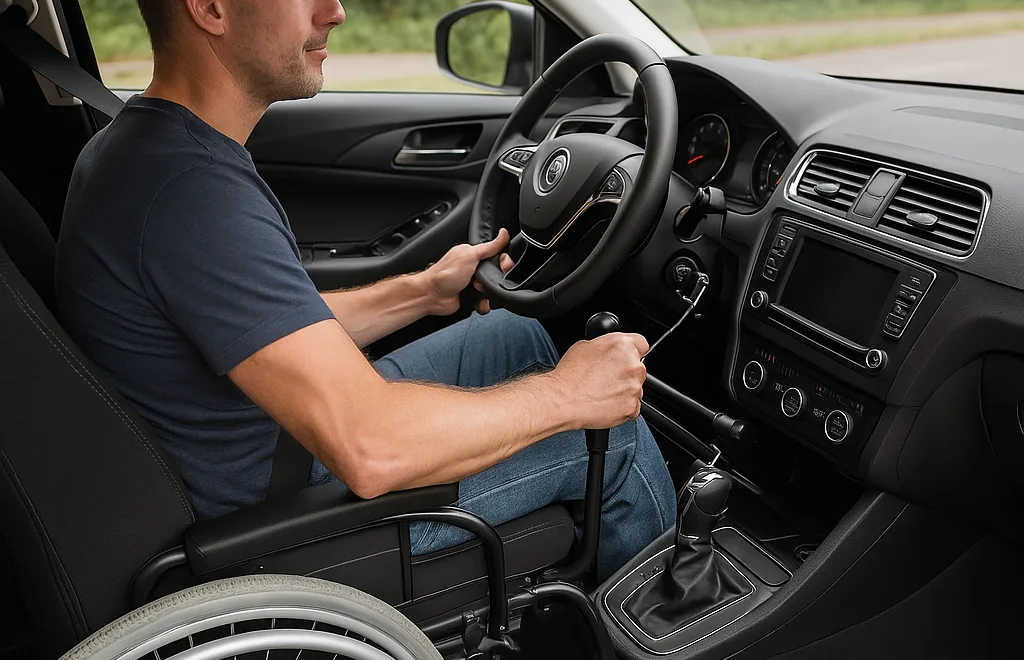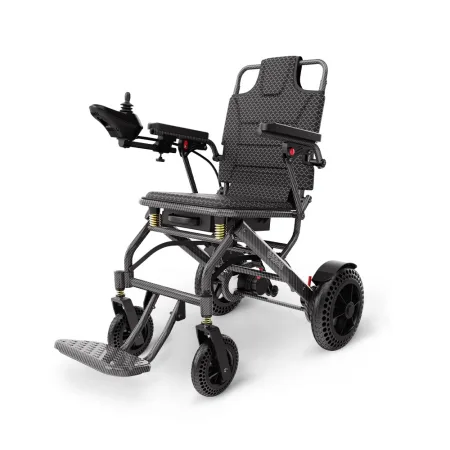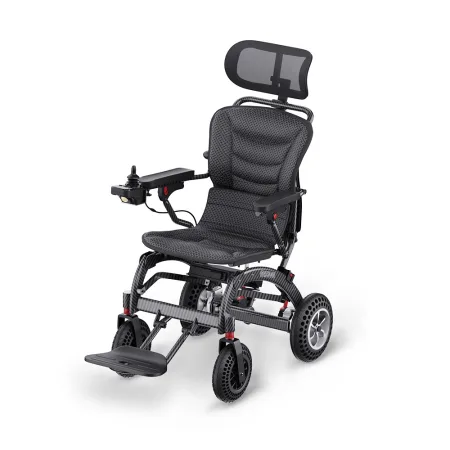Driving offers a sense of independence and freedom, and for individuals with paraplegia, the ability to drive is often achievable with the right equipment and adjustments. While spinal cord injuries that result in paraplegia can impact mobility, adaptive driving technology has made it possible for many paraplegic individuals to get back behind the wheel.
Here’s an overview of how paraplegic individuals can drive safely and confidently.
1. Adaptive Driving Equipment
The first step for a paraplegic individual interested in driving is to equip their vehicle with specialized adaptive driving devices. These modifications can be tailored to the individual’s needs and can be installed in both manual and automatic vehicles.
Common Adaptive Driving Devices:
- Hand Controls:
Instead of using foot pedals, hand controls allow individuals to operate the gas and brake with their hands. These controls can be installed for both braking and accelerating and are designed for ease of use. - Steering Aids:
For those who need assistance in steering, joystick steering or steering knobs can be added. These devices help with turning and steering without requiring full use of the hands. - Left Foot Gas Pedal:
For individuals with good use of one leg, the gas pedal can be repositioned for use with the left foot if the right leg is paralyzed. This allows the driver to still operate the car safely. - Push-Button Start and Controls:
Modern vehicles offer push-button start and voice-controlled systems that allow people with limited mobility to operate the vehicle without using traditional keys or knobs. - Wheelchair Lifts and Ramps:
Modified vehicles can be equipped with ramps or lifts to assist in transferring from a wheelchair into the driver’s seat or to a driver’s seat specially designed for wheelchair users.
2. Professional Driver Evaluation and Training
Before getting on the road, paraplegic individuals must complete a driver evaluation conducted by a certified driving rehabilitation specialist. This assessment will:
- Determine the individual’s driving ability after the injury.
- Assess which adaptive equipment is needed.
- Offer driving lessons with the modified vehicle to ensure comfort and safety.
These evaluations and training sessions typically involve both in-vehicle assessments and classroom instruction about road safety and traffic laws.
3. Vehicle Modifications
Most vehicles can be modified to accommodate paraplegic individuals, but the type of modification will depend on their physical abilities. For example, a wheelchair-accessible van with a lowered floor, power doors, and a ramp allows a person in a wheelchair to enter and drive.
Other modifications might include:
- Custom Seats: Specialized seats can be installed to make getting in and out easier for individuals with limited mobility.
- Hand-Operated Gear Shift: For drivers who need to change gears without using their legs, gear shift extensions can be installed to make shifting easier with the hands.
4. Legal Considerations and Licensing
Before driving, paraplegic individuals must ensure they are legally eligible to do so. This involves:
- State Requirements: Each state has its own regulations for individuals with disabilities who wish to drive. This can include providing proof of successful driving evaluations and modifications.
- Driver’s License Adjustments: Some states may require the individual to take an additional driving test with the adaptive equipment installed.
5. Maintaining Independence with Assistive Technology
With the right modifications, paraplegic individuals can drive independently. Vehicles equipped with adaptive devices allow users to maintain a high level of mobility and participate in everyday activities like commuting, running errands, and traveling. Many vehicles are now designed with smart technology that allows users to control various vehicle features through voice commands or touch screens, further improving ease of use.
Conclusion
Driving is an achievable goal for paraplegic individuals with the right modifications and adaptive equipment. These technologies offer greater independence and freedom, allowing individuals to regain control of their mobility. A thorough driver evaluation, the installation of hand controls and other adaptive devices, and professional training can ensure a safe and accessible driving experience.
If you’re considering adaptive driving equipment or modifications for your vehicle, it’s important to consult with a driving rehabilitation specialist and explore the options that best fit your needs.





